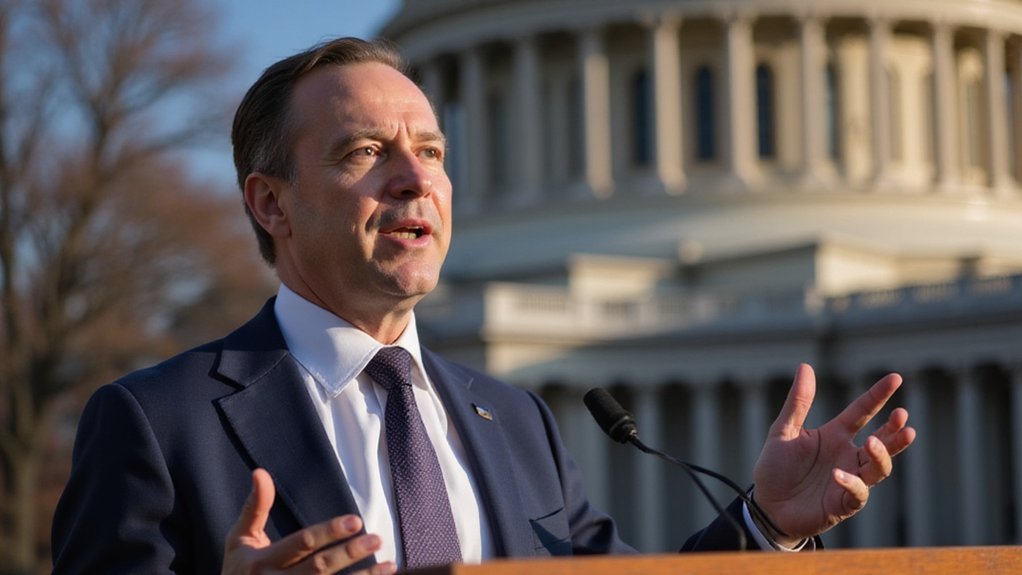In a development that could redefine the intersection of cryptocurrency and traditional finance, David Sacks—Trump’s chief advisor on crypto and AI matters—has confidently predicted the passage of the GENIUS Act, a landmark stablecoin regulation bill currently undergoing Senate approval.
The Guiding and Establishing National Innovation for US Stablecoins Act has already cleared a pivotal procedural vote with surprising bipartisan support, garnering backing from 15 Democrats alongside Republican lawmakers.
Sacks’s prognostications extend beyond mere legislative triumph; he envisions the bill unleashing “trillions of dollars of demand for our Treasuries practically overnight.”
Stablecoin legislation poised to trigger unprecedented Treasury demand, transforming digital dollar infrastructure overnight.
Such a claim might seem hyperbolic were it not for the staggering $28 trillion in annual stablecoin transactions—a figure that already exceeds the combined volumes of payment giants Mastercard and Visa.
The legislation addresses a conspicuous regulatory vacuum surrounding the $200+ billion stablecoin market currently operating without thorough oversight.
Unlike their volatile crypto cousins, stablecoins maintain value parity with real-world assets (typically the US dollar), positioning them as potentially transformative financial instruments. These digital assets are designed to mitigate the price volatility typically associated with traditional cryptocurrencies like Bitcoin.
Not without controversy, the bill advances amid allegations of conflicts of interest. Sacks recently disclosed he had sold $200 million in crypto-related holdings before assuming his White House role.
The Trump family’s financial backing of World Liberty Financial—issuer of the USD1 stablecoin—has raised eyebrows among critics who question whether the administration stands to benefit directly from the legislation’s passage.
Irrespective of these concerns, the GENIUS Act appears destined for enactment, representing what Sacks characterizes as a national economic strategy rather than merely sectoral regulation.
The framework promises to provide long-sought legal clarity for stablecoin issuers while simultaneously fortifying dollar hegemony in digital spaces.
For the traditional financial system, the bill’s passage would legitimize a parallel payment infrastructure that proponents tout as more efficient than legacy systems.
Whether this integration ultimately proves symbiotic or disruptive remains an open question, though Sacks clearly envisions a future where regulated stablecoins become a cornerstone of America’s digital financial architecture—with Treasury markets as prime beneficiaries.









